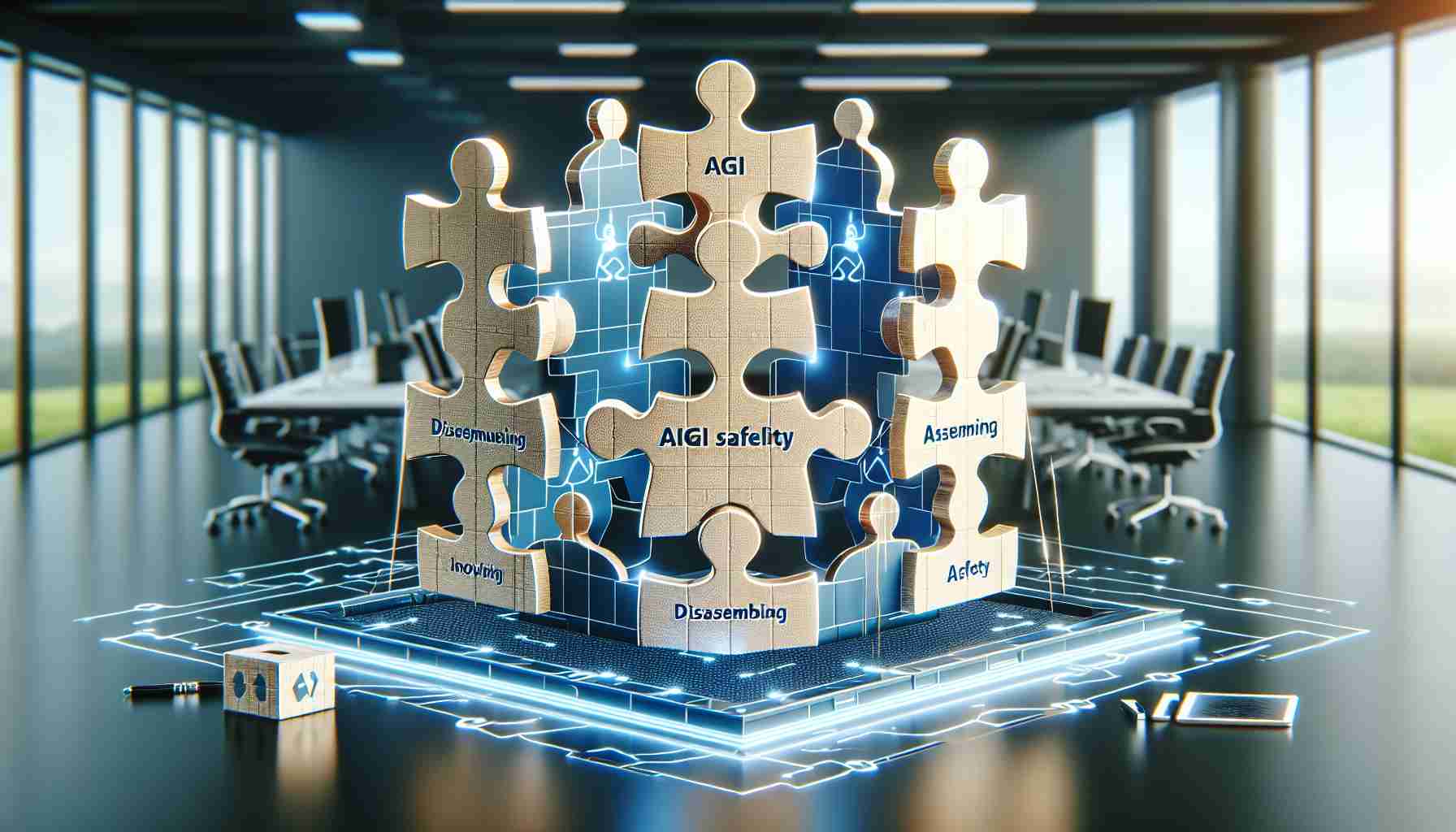OpenAI’s Dynamic Shift in AGI Safety Research
In a significant organizational shift, OpenAI has decided to dissolve its dedicated Superalignment team, indicating a new approach in managing the formidable task of overseeing future Artificial General Intelligence (AGI) systems. The expert team, initially formed to ensure the safe alignment of AGI’s functionalities with human values, has now ceased to exist, with responsibilities being dispersed across various departments within OpenAI.
This development comes as a direct consequence of the departure of key scientists, Ilya Sutskever and Jan Leike, whose input was once instrumental to the team’s mission. Their exit speaks volumes about the mounting challenges the team faced as access to necessary computational resources grew increasingly scarce.
The Challenge of Limited Resources
Leike articulated his concerns by stating that the computation power vital for the team’s research into AGI security was no longer adequately available. It echoes broader concerns regarding the company’s lack of emphasis on critical issues like societal impact and trust in AGI’s advancement. Leike’s frustrations highlight an environment where the team, ideally entitled to a significant proportion of computational resources, rarely received even a fraction, thereby stymying their objective to keep AI’s progression closely aligned with human interest.
Cautions on the Rush to Superintelligence
The concern over AGI’s burgeoning capability and its societal implications isn’t new. Echoing former Google DeepMind researcher Leike, tech mogul Elon Musk has previously underscored the existential risks associated with advancing AI technology. This sense of caution plays back into the layers of management at OpenAI, with earlier instances of leadership changes potentially reflecting this underlying tension surrounding AGI safety and control.
Absent a dedicated AGI safety unit, the future of AGI safety at OpenAI rests in the hands of Jon Schulman and other teams yet undetermined. Notably, before its dissolution, the Superalignment team had attracted attention for tackling the far-reaching consequences of superintelligent AI—challenges that remain unresolved in the face of the disbandment. The lingering question postulates how OpenAI will navigate the complex terrain of AGI technology safeguarding against rapidly scaling computational power without a concrete overseer.
Facts:
– Artificial General Intelligence (AGI) safety is a field concerned with ensuring that AGI systems, which have the capacity to understand, learn, and apply knowledge in an autonomous manner, behave in a way that is beneficial to humanity and aligned with human values.
– The term “superalignment” refers to the goal of creating AGI systems that are not just aligned with our intended purpose but are also robust against manipulation and remain safe as they grow in intelligence and capability.
– Computational resources are critical for AGI safety research because they enable complex simulations and models necessary to test theories and validate safety protocols. The substantial need for computational power can be a limiting factor in conducting thorough research.
– Elon Musk, who was initially a co-founder of OpenAI, has consistently voiced concerns about the risks associated with unchecked AGI development. His perspective on AGI as an existential threat to humanity if not properly controlled is shared by other experts in the field.
Important Questions:
1. How will OpenAI ensure AGI safety after the dissolution of its Superalignment team?
2. What implication does the redistribution of tasks have on the effectiveness of AGI safety measures within OpenAI?
3. What are the broader industry repercussions of the dissolution of such a specialized team at a leading AI organization like OpenAI?
Challenges and Controversies:
– There is a limited pool of researchers with the deep expertise required for AGI safety research, making the retention and recruitment of talent a significant challenge.
– Ensuring the safety of AGI systems often runs into the dual-use nature of AI technology, where advancements can have both beneficial and harmful applications.
– Prioritizing resources between short-term profit-driven projects and long-term safety research represents an ongoing tension within profit-oriented or commercially driven AI companies.
– There is a lack of standardized frameworks and regulations to guide the development and implementation of AGI safety measures.
Advantages and Disadvantages:
Advantages:
– Dispersion of responsibilities can theoretically lead to a broad integration of safety practices throughout the company’s projects.
– This shift might encourage more widespread awareness and concern for AGI safety among all employees.
Disadvantages:
– A lack of a dedicated team may result in a reduced focus and expertise in AGI safety efforts.
– Relying on various departments without central oversight can lead to inconsistency and potential gaps in safety protocols.
For those interested in following OpenAI’s development and their work in the field of AI, you can visit their official website at OpenAI. Note that the URL provided is valid, but always ensure to double-check before visiting for the latest security practices.

